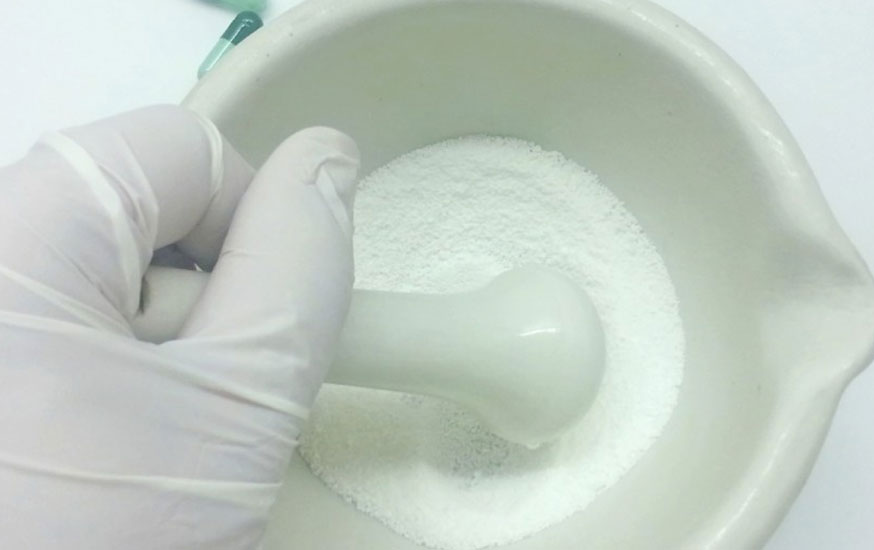FDA issued three new Guidance for Industry Documents late in 2016: (1) Prescription Requirement Under Section 503A of the Federal Food, Drug, and Cosmetic Act (here) ; (2) Compounding and Repackaging of Radiopharmaceuticals by State-Licensed Nuclear Pharmacies and Federal Facilities (here); and (3) Compounding and Repackaging of Radiopharmaceuticals by Outsourcing facilities (here). These represent part of the total of 26 draft and/or final Guidances issued by FDA relating to pharmacy compounding. Due to the complexity of these Guidances, this blog post deals solely with the prescription requirement under the first Guidance cited above. A subsequent article will address the two Guidances on Compounding and Repackaging Radiopharmaceuticals.
This Guidance document addresses FDA current policy concerning prescription requirements for compounded human drug products for identified individual patients, under 503A of the FD&C Act for: (1) compounding after receipt of a valid prescription order; (2) before receipt of a valid prescription order or anticipatory compounding; and (3) compounding for office use. Under 503A, licensed pharmacists in State licensed or Federal facilities, or licensed physicians may compound drugs based on individual prescriptions.
Under the Drug Quality and Security Act (DQSA) of 2013, 503A facilities may only compound drugs based on receipt of a valid prescription and based on historical receipt of prescriptions (number 1 and 2 above). A valid prescription is defined as a valid prescription order from a licensed physician or other healthcare practitioner authorized by state law to prescribe drugs and also includes a valid order or notation made by a prescriber in an inpatient setting, or a physician who compounds for his/her patients in an office setting.
For Guidance number 3 cited above, for office use, FDA states that hospital, clinics, and healthcare practitioners can obtain nonpatient-specific compounded drugs (office use compounded drug products) from 503B Outsourcers. Note that 503B Outsourcers can compound without receipt of prescriptions, and that the 503B Outsourcers are subject to cGMPs, FDA risk-based inspections, specific adverse event reporting requirements, and other conditions that help mitigate the risks of the drug products they compound. 503B Outsourcers may dispense to patients directly, but only if they have a valid individual prescription.
FDA has furthered defined the pathway for anticipatory compounding to require an “established relationship” with the patient or practitioner and that a licensed pharmacist may compound a drug product in anticipation of receiving a valid prescription in limited quantities based on historical receipt of valid prescriptions. A physician may compound and hold quantities based on the amount of compounded drugs that the physician has historically administered or dispensed to his/her patients.
FDA states that compounders (licensed pharmacists and licensed physicians) can hold no more than a thirty-day supply to fill orders not yet received and that the amount can be based on any thirty-day period in the previous 12 months.
FDA used an example where a compounder received prescriptions for 750 compounded units from a non-current month and this was consistent with the Policy. FDA also stated that a compounder can only distribute compounded drug products after they receive a valid prescription, and only if the patient is identified (even though some states allow writing non-patient specific prescriptions).
Even though this Guidance provides some clarity, 503A Compounding Facilities should take due care when conducting anticipatory compounding in large quantities to mitigate risk to patients and remember that 503A facilities are still subject to the DQSA and FDA oversight.
The FDA continues to address the issue of compounding pharmacies and outsourcing facilities and the issuance of these Guidances represents a heightened sense of concern regarding compounding practices in an effort to regulate this burgeoning industry, and to assure that the health and safety of the American public is best protected.



